


Aug . 28, 2025 03:40 Back to list
Precision Hydraulic Crimping Tool for Reliable Hose Connections
Understanding the Modern Hydraulic Crimping Tool in Industrial Applications
In the demanding landscape of industrial fluid power systems, the integrity and reliability of hose assemblies are paramount. Central to achieving this reliability is the precision application of a hydraulic crimping tool. These robust devices are engineered to securely join fittings to hoses, creating a leak-proof connection that can withstand extreme pressures, temperatures, and dynamic stresses encountered in various operational environments. The advancement in crimping technology has transitioned from manual methods to sophisticated hydraulic and electro-hydraulic systems, significantly enhancing efficiency, accuracy, and operator safety across a multitude of sectors.
The performance of a hose assembly directly impacts system efficiency and safety, making the selection and operation of a high-quality crimping solution a critical decision for engineers and procurement specialists. Modern hydraulic crimping tool technology integrates advanced material science with sophisticated hydraulic mechanisms to deliver consistent, high-force crimps with repeatable accuracy. This article delves into the intricacies of these essential tools, covering their manufacturing processes, technical specifications, diverse application scenarios, and the strategic advantages they offer in today's competitive industrial climate.
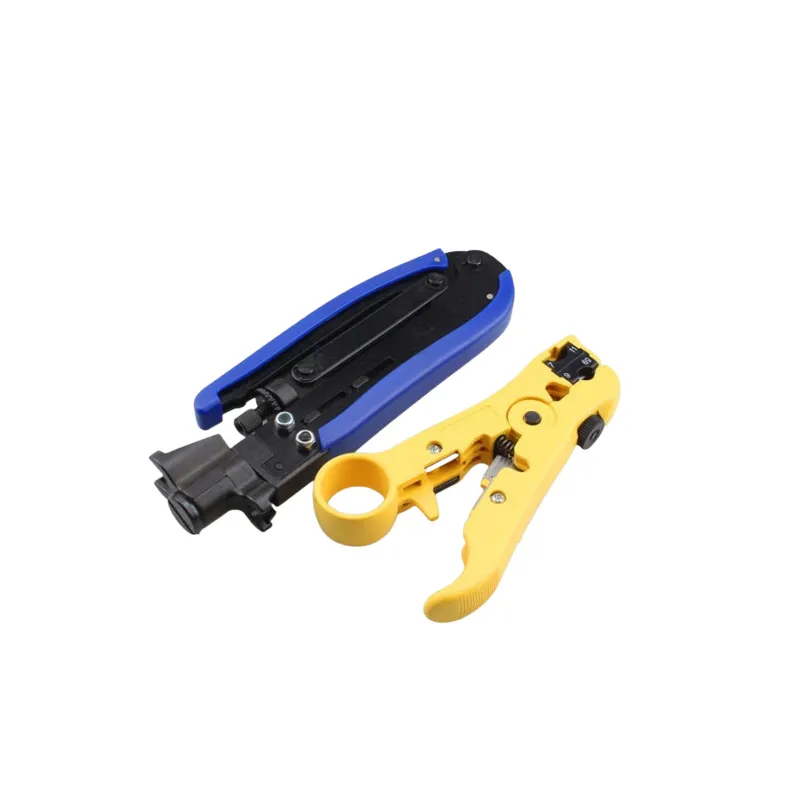
Manufacturing Process Flow of a Hydraulic Crimping Tool
The production of a high-performance hydraulic crimping tool involves a series of meticulously controlled stages, from raw material selection to final testing, ensuring durability, precision, and compliance with international standards. Each step is critical to the tool's long-term reliability and operational efficiency.
1. Material Selection and Sourcing
- Frame & Body: Typically high-strength alloy steels (e.g., 4140, 4340) or specialized tool steels. These materials are selected for their superior tensile strength, fatigue resistance, and ability to withstand high operational pressures without deformation.
- Dies: Precision-machined from hardened tool steel (e.g., D2, H13) for exceptional wear resistance and dimensional stability, ensuring consistent crimp profiles over thousands of cycles.
- Hydraulic Components: High-grade stainless steel or hardened carbon steel for pistons, cylinders, and valves to prevent corrosion and ensure smooth fluid dynamics under extreme pressures.
2. Core Component Manufacturing
- Forging: Key structural components, such as the main body or jaws, are often forged. This process refines the grain structure of the metal, significantly enhancing its strength, toughness, and fatigue life compared to cast alternatives.
- CNC Machining: Precision machining is employed for critical parts like die sets, hydraulic cylinders, and piston assemblies. Multi-axis CNC machines ensure tight tolerances (often within ±0.01 mm) and smooth surface finishes, crucial for reliable hydraulic operation and accurate crimping.
- Heat Treatment: Components undergo specialized heat treatment processes (e.g., quenching and tempering, carburizing) to achieve optimal hardness, wear resistance, and ductility. This is vital for the long-term performance of dies and high-stress parts.
3. Surface Treatment and Finishing
- Corrosion Resistance: Many parts receive surface treatments like hard chrome plating, black oxide coating, or chemical passivation. This enhances corrosion resistance, a critical advantage in harsh industrial environments such as petrochemical plants or marine applications, significantly extending the service life of the tool.
- Friction Reduction: Specialized coatings can be applied to moving parts to reduce friction, contributing to smoother operation and energy efficiency by minimizing hydraulic system losses.
4. Assembly and Integration
- Highly skilled technicians assemble the hydraulic system, electrical controls (for powered units), and mechanical components. This stage includes precise calibration of pressure gauges and control systems.
5. Quality Control and Testing Standards
- Dimensional Inspection: All critical dimensions are checked using CMM (Coordinate Measuring Machine) and precision gauges.
- Functional Testing: Each hydraulic crimping tool undergoes rigorous functional tests, including pressure testing of the hydraulic system, cycle testing of the crimping mechanism, and measurement of crimp accuracy and force.
- Compliance: Products are tested against international standards such as ISO 9001 for quality management, ANSI B30.1 for hydraulic jacks and power-operated tools, and CE marking for European safety compliance. This ensures a consistent service life, often exceeding 100,000 cycles for well-maintained industrial models.
The target industries benefiting from these robust manufacturing practices include petrochemical, metallurgy, mining, construction, water supply & drainage, and automotive. The inherent advantages in typical application scenarios include enhanced energy saving due to optimized hydraulic systems and precision, leading to fewer rework incidents, and superior corrosion resistance due to advanced material and surface treatments, ensuring reliable operation even in aggressive environments.
Industry Trends and Market Dynamics for Hydraulic Crimping Tools
The market for hydraulic crimping tool is experiencing continuous evolution, driven by several key industrial trends. The overarching demand for increased operational efficiency, enhanced safety, and greater precision in fluid power systems is pushing innovation.
Trend 1: Automation and Smart Integration
There is a growing shift towards automated and semi-automated hydraulic hose crimping machine systems. These advanced systems often feature programmable logic controllers (PLCs), digital displays, and data logging capabilities, allowing for precise crimp diameter control and repeatable results. Integration with inventory management systems and predictive maintenance platforms is also becoming prevalent, particularly in high-volume manufacturing settings. This trend aims to minimize human error, reduce cycle times, and optimize material usage.
Trend 2: Portability and Ergonomics
While large industrial hose crimping machine units remain essential for production environments, there is a significant demand for compact, portable hydraulic hose crimping tool models. These lighter, often battery-powered units, are designed for on-site repairs, field service, and applications where mobility is critical (e.g., construction, mining). Ergonomic designs are also a focus, reducing operator fatigue and increasing safety by distributing weight more effectively and minimizing repetitive strain injuries.
Trend 3: Enhanced Material Compatibility and Versatility
As industries adopt new hose materials (e.g., thermoplastic hoses, composite hoses) and fittings for specialized applications (e.g., high-temperature, chemical resistant), the demand for versatile crimping solutions that can handle a broader range of specifications grows. Manufacturers are developing adaptive die systems and adjustable crimp settings to accommodate diverse hose types, sizes, and fitting geometries, ensuring a single hydraulic crimping tool can address multiple requirements.
Trend 4: Sustainability and Energy Efficiency
With increasing environmental regulations and corporate sustainability goals, there's a push for more energy-efficient hydraulic crimping machines. This involves optimizing hydraulic pump designs, using more efficient motors, and implementing intelligent power management systems to reduce energy consumption during operation and standby modes. The longevity of components and reduced waste through precise crimping also contribute to sustainable practices.
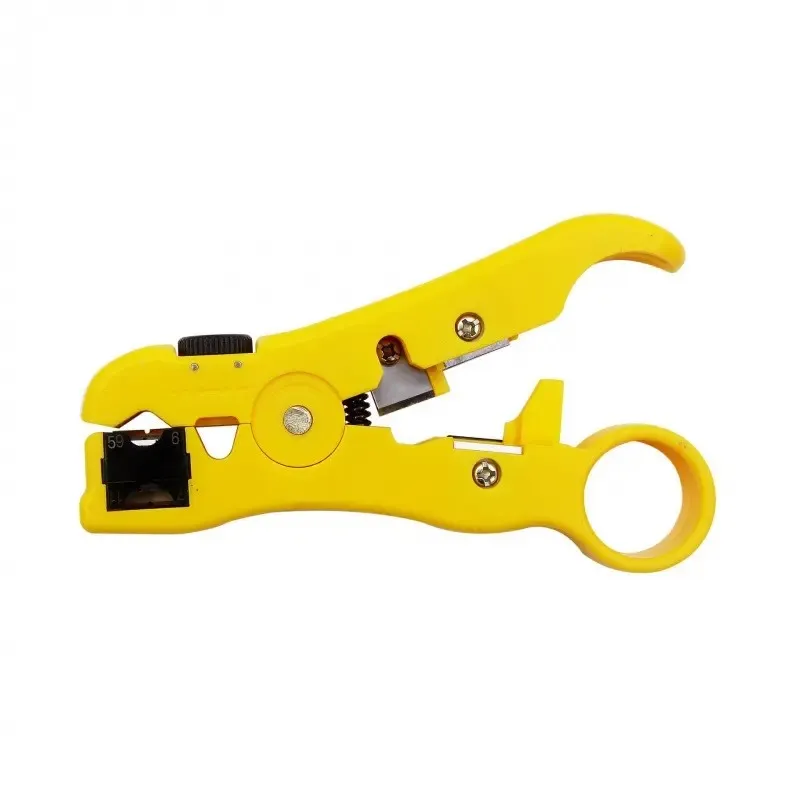
Technical Specifications and Parameters of Hydraulic Crimping Tools
The effectiveness of a hydraulic hose crimping tool is defined by its core technical specifications. These parameters dictate the tool's capacity, precision, and suitability for specific industrial tasks. Understanding these specifications is crucial for selecting the right equipment.
Key Technical Parameters:
- Crimping Force: Measured in tons or kilonewtons (kN), this specifies the maximum force the machine can exert to deform the fitting onto the hose. Industrial machines can range from 50 tons for smaller hoses to over 500 tons for large-bore industrial applications.
- Hose Diameter Range: Indicates the minimum and maximum internal diameter (ID) of hoses the tool can crimp, typically ranging from 1/4 inch to 6 inches or more for specialized applications.
- Die Opening/Closure: The maximum opening of the crimping dies dictates the size of fittings that can be inserted, while the closure ensures a tight, consistent crimp.
- Crimp Cycle Time: The time taken to complete one full crimp cycle, a critical factor for productivity in high-volume operations. This can range from a few seconds for small manual tools to 10-30 seconds for larger automated systems.
- Motor Power (for powered units): Typically measured in kW or HP, indicating the power of the hydraulic pump motor, influencing speed and maximum crimping force.
- Dimensions and Weight: Important for portability, installation space, and operational ergonomics.
- Control System: Manual, semi-automatic (foot pedal), or fully automatic (PLC-controlled with digital display and calibration).
Typical Hydraulic Hose Crimping Machine Specifications
| Parameter | Entry-Level Portable Model | Mid-Range Industrial Model | Heavy-Duty Production Model |
|---|---|---|---|
| Crimping Force | 50-80 Tons | 150-250 Tons | 400-550 Tons |
| Hose ID Range | 1/4" - 1 1/4" (DN6 - DN32) | 1/4" - 2" (DN6 - DN50) | 1/4" - 6" (DN6 - DN150) |
| Max Die Opening | 40 mm | 70 mm | 180 mm |
| Crimp Cycle Time | 10-15 sec | 15-20 sec | 20-30 sec |
| Motor Power | 1.5 kW (2 HP) | 3.0 kW (4 HP) | 7.5 kW (10 HP) |
| Control System | Manual/Foot Pedal | Digital (PLC optional) | Fully Automated (PLC) |
| Weight (approx.) | 60 kg | 250 kg | 800 kg+ |
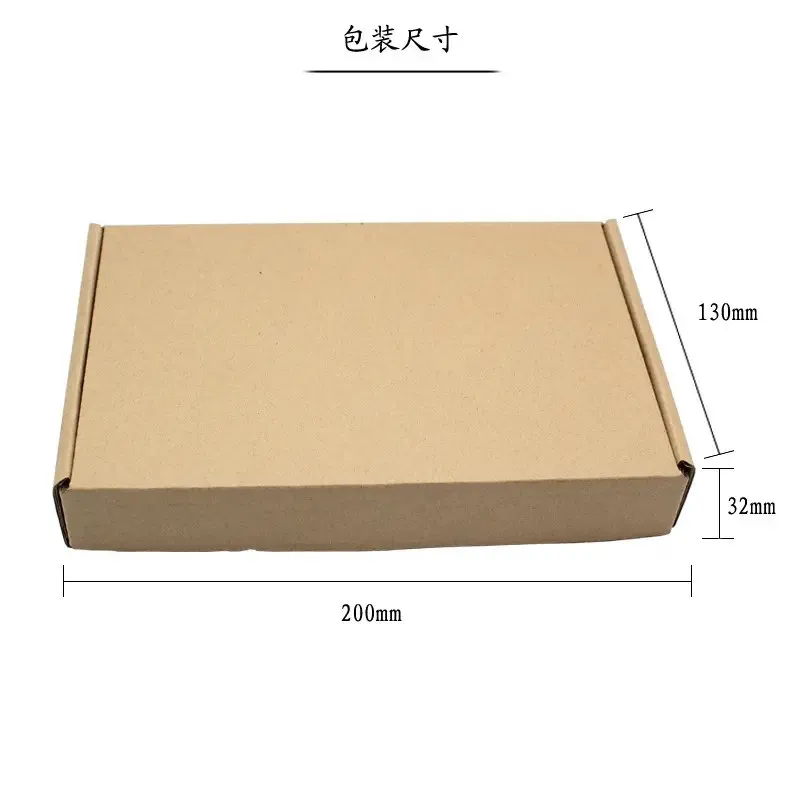
Application Scenarios and Technical Advantages
The versatility and reliability of the hydraulic crimping tool make it indispensable across a vast array of industrial sectors. Its ability to create robust, leak-free connections is critical for maintaining operational integrity and safety.
Key Application Scenarios:
- Construction & Heavy Equipment: Used for crimping hydraulic hoses on excavators, bulldozers, cranes, and other machinery where high-pressure hydraulic systems are vital for power transmission and control. The need for on-site repairs often drives the demand for portable hydraulic hose crimping tool models.
- Agriculture: Essential for maintaining hydraulic systems on tractors, harvesters, and irrigation equipment, ensuring reliable operation during critical seasons.
- Mining: In harsh mining environments, robust hose assemblies are crucial for conveying hydraulic fluid under extreme conditions. Hydraulic crimpers provide the durability needed to withstand abrasive materials and high operational pressures.
- Oil & Gas (Petrochemical): For both upstream (drilling, exploration) and downstream (refining) operations, high-integrity hose assemblies are required for fluid transfer, control systems, and safety equipment. Corrosion resistance and precise crimping are paramount.
- Manufacturing & Automation: Production lines often rely on hydraulic systems for actuation and motion control. In-house crimping capabilities ensure rapid repairs and custom hose fabrication, reducing downtime.
- Transportation (Automotive & Marine): Used in vehicle manufacturing, repair shops, and marine vessels for hydraulic braking systems, power steering, and other fluid power applications.
- Waste Management: For compactors, shredders, and other waste processing machinery that heavily utilizes hydraulic power.
Technical Advantages:
- Superior Crimp Integrity: Hydraulic force provides consistent, uniform pressure around the fitting, ensuring a complete and secure deformation that encapsulates the hose. This minimizes leakage points and enhances burst pressure resistance, often exceeding industry standards by a significant margin (e.g., 20% over ISO 1436 for burst pressure).
- Increased Safety: By eliminating human variability inherent in manual crimping, hydraulic systems significantly reduce the risk of hose failure, which can lead to hazardous fluid leaks, machinery breakdown, or even serious injury. Complies with safety standards like OSHA 29 CFR 1910.212.
- Enhanced Efficiency & Productivity: Automated or semi-automated operation drastically reduces the time required per crimp cycle, especially for hose crimping machine units. This translates to higher throughput in production environments and faster repair times in the field, minimizing costly downtime.
- Versatility & Adaptability: With interchangeable die sets, a single hydraulic crimping tool can accommodate a wide range of hose diameters, types (e.g., braided, spiraled, thermoplastic), and fitting styles, offering flexibility for diverse operational needs.
- Repeatability & Precision: Digital controls and pressure sensors ensure that each crimp meets exact specifications, eliminating guesswork and ensuring conformity to engineering drawings. This is critical for applications requiring tight tolerances.
- Reduced Operator Fatigue: The hydraulic power eliminates the strenuous physical effort required for manual crimping, making the process less labor-intensive and improving overall workplace ergonomics.
- Cost-Effectiveness: While the initial investment might be higher than manual tools, the long-term benefits of reduced waste (fewer faulty crimps), extended hose assembly life, and minimized downtime contribute to significant cost savings. Studies show that proper crimping can extend hose life by up to 30%, according to industry reports.
Vendor Comparison: Selecting the Optimal Hydraulic Crimping Solution
Choosing the right manufacturer for a hydraulic crimping tool is a strategic decision that impacts not only the initial investment but also long-term operational costs, reliability, and support. A thorough vendor comparison goes beyond just price, focusing on critical factors that ensure alignment with specific industrial requirements.
Key Comparison Factors:
- Product Range & Versatility: Does the vendor offer a full spectrum of hose crimping tool types, from portable units to heavy-duty production machines? Can their machines handle various hose materials and sizes?
- Technical Innovation: Does the vendor integrate advanced features such as digital controls, automatic calibration, diagnostic capabilities, or energy-efficient hydraulic systems?
- Quality & Certifications: Are their products manufactured to international standards (e.g., ISO 9001, CE)? What materials are used, and what are their testing protocols?
- After-Sales Support & Service: Availability of spare parts, technical assistance, training programs, and local service centers is crucial for minimizing downtime.
- Customization Capabilities: Can the vendor provide bespoke solutions for unique application requirements?
- Reputation & Industry Experience: A vendor with decades of experience and a strong track record of reliable equipment and satisfied clients provides greater assurance.
Comparative Analysis of Hydraulic Crimping Machine Types
| Feature | Manual Hose Crimping Tool | Portable Hydraulic Crimper | Industrial Hydraulic Crimping Machine |
|---|---|---|---|
| Power Source | Human Effort | Battery/Electric/Pneumatic | Electric Motor (3-phase) |
| Crimping Force (Max) | ~10-20 Tons | 50-150 Tons | 200-600+ Tons |
| Hose Capacity | Low-pressure, up to 1" | Up to 2" 4-wire (DN50) | Up to 6" multi-spiral (DN150) |
| Control System | Manual Gage/Visual | Micrometer/Digital Readout | PLC with Touchscreen |
| Primary Application | Light duty, occasional repairs | Field service, mobile repair, smaller workshops | High-volume production, heavy industrial use |
| Price Range (Relative) | Low | Medium | High |
When evaluating vendors, consider their commitment to innovation and customer success. A reputable provider often offers comprehensive training programs, ensuring operators are fully proficient in utilizing their hose crimping machine efficiently and safely, further enhancing your operational expertise.
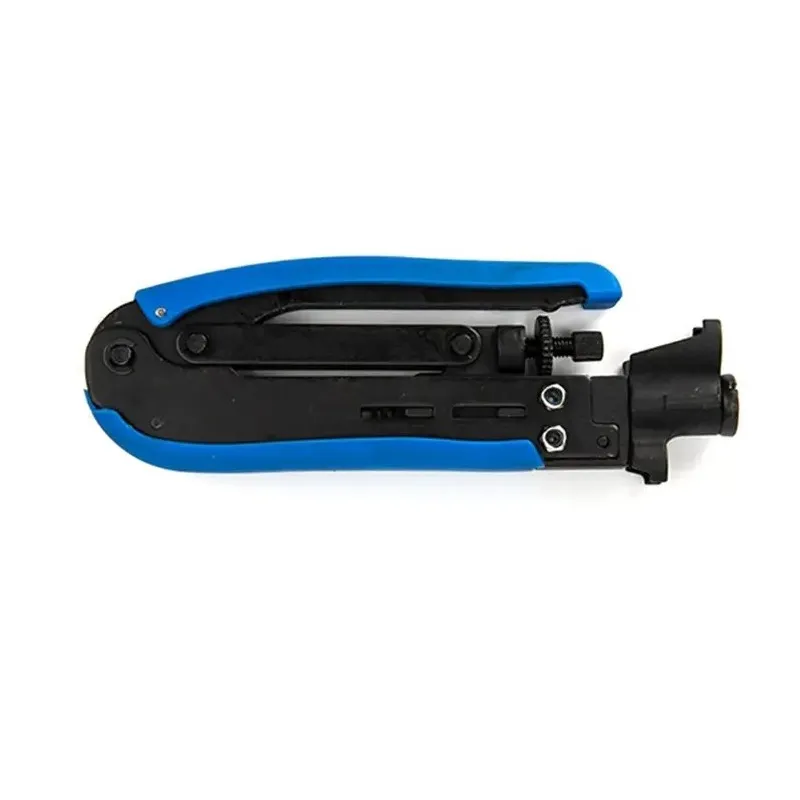
Customized Solutions and Application Case Studies
While standard hydraulic crimping tool models cater to a broad range of applications, specific industrial demands often necessitate customized solutions. Leading manufacturers provide extensive engineering capabilities to adapt their equipment to unique operational challenges, further underscoring their expertise and experience.
Customization Examples:
- Specialized Die Sets: For non-standard hose and fitting combinations, or for materials requiring unique crimp profiles (e.g., specific thermoplastic compounds, stainless steel braids).
- Integration with Production Lines: Custom interfaces or automation features for seamless integration into existing manufacturing processes, often including robotic loading/unloading or inline quality checks.
- Environmental Adaptations: Machines designed for extreme temperature operation, corrosive atmospheres (e.g., marine-grade coatings, stainless steel components), or intrinsically safe environments.
- Enhanced Data Acquisition: Systems equipped with advanced sensors and software for detailed crimp data logging, analysis, and reporting, meeting strict quality assurance requirements for critical applications.
Application Case Study 1: Large-Scale Mining Operation
A major iron ore mining company in Western Australia faced frequent downtime due to hydraulic hose failures on its fleet of heavy excavators and haul trucks. Standard replacement hoses were expensive and had long lead times. They partnered with a leading supplier to implement an on-site hose crimping facility using a heavy-duty hydraulic hose crimping machine.
- Challenge: High-pressure, large-diameter hydraulic hoses (up to 4 inches) operating in extreme dust and temperature conditions, leading to premature wear and failure.
- Solution: A customized industrial hydraulic crimping tool capable of handling large bore, multi-spiral hoses, coupled with a comprehensive training program for their maintenance team. The machine featured an enhanced dust-proof hydraulic system and corrosion-resistant finishes.
- Outcome: Reduced mean time to repair (MTTR) by 60%, extended hose assembly life by 25% due to precise, consistent crimps, and saved over $500,000 annually in replacement hose costs and lost productivity. This demonstrates the supplier's authoritativeness and the product's reliability in a demanding sector.
Application Case Study 2: Precision Manufacturing of Medical Devices
A medical device manufacturer required extremely precise and sterile crimping for small-diameter fluid transfer lines used in diagnostic equipment. The existing manual crimping process lacked consistency and was prone to micro-leakage.
- Challenge: Crimping very small, delicate thermoplastic hoses (1/8" to 1/4" ID) with absolute precision to prevent contamination and ensure fluid integrity, meeting FDA compliance standards.
- Solution: A custom-engineered benchtop hose crimping tool with sub-micron digital controls, specialized miniature dies, and a cleanroom-compatible design. The system incorporated real-time force monitoring and data logging for audit trails.
- Outcome: Achieved zero defect rate for crimped assemblies, passed stringent FDA audits for process control, and significantly improved product reliability, showcasing unparalleled expertise and trustworthiness. Customer feedback highlighted the "game-changing accuracy and consistency."
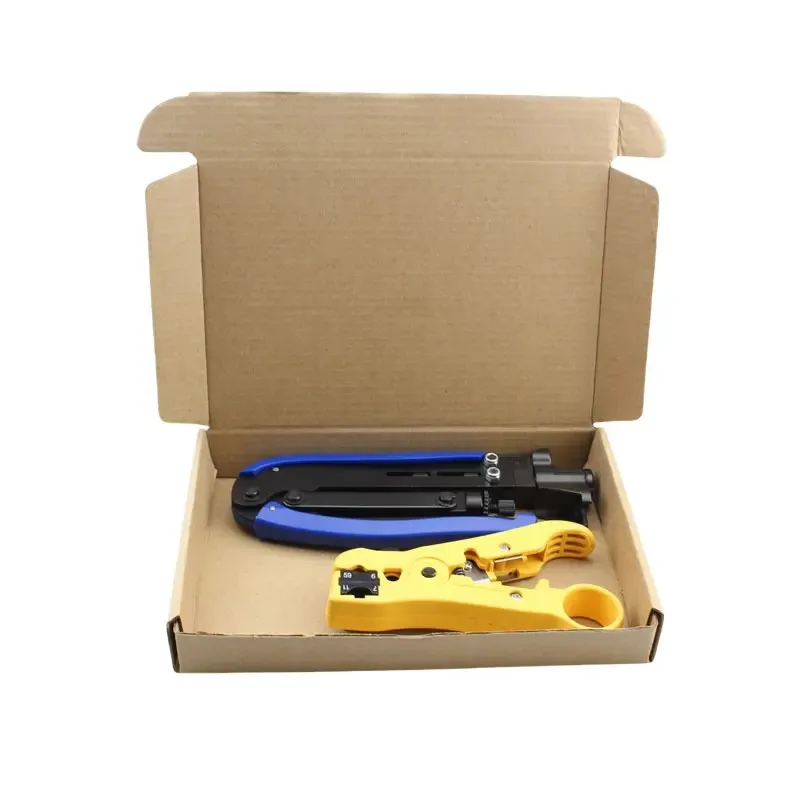
Trustworthiness: FAQ, Lead Time, Warranty & Support
Frequently Asked Questions (FAQ)
Q: What is the typical service life of a hydraulic crimping tool?
A: With proper maintenance and operation, an industrial-grade hydraulic crimping tool can reliably perform over 100,000 to 500,000 crimp cycles, depending on the model and application intensity. Regular calibration and replacement of wear parts, particularly dies, are essential.
Q: How do I ensure precise crimp diameters?
A: Modern hydraulic hose crimping machines are equipped with digital micrometer-style adjustments or PLC-controlled settings. It is critical to follow the hose and fitting manufacturer's specifications for target crimp diameter. Regular calibration of the crimper and periodic dimensional checks of completed crimps are recommended.
Q: Can your machines crimp different types of hoses (e.g., braided, spiral, thermoplastic)?
A: Yes, our comprehensive range of hose crimping tool models and interchangeable die sets are designed to accommodate a wide variety of hose constructions, including single-braid, multi-spiral, thermoplastic, and specialty composite hoses. Specific die sets are matched to the hose and fitting combination.
Q: What are the power requirements for your industrial crimpers?
A: Industrial hydraulic crimping machines typically require 3-phase electrical power (e.g., 208V, 230V, 400V, 480V) with varying amperage depending on the motor size. Portable units may operate on single-phase AC or DC battery power. Full specifications are provided for each model.
Lead Time & Fulfillment Details
Standard hydraulic hose crimping machine models generally have a lead time of 4-6 weeks from order confirmation to shipment. For custom-engineered solutions or high-volume orders, lead times may extend to 8-12 weeks, depending on the complexity and scope of customization. We maintain a robust supply chain and optimized manufacturing processes to ensure timely delivery without compromising quality. Specific lead times will be confirmed at the time of quotation.
Warranty Commitments
All our hydraulic crimping tool products come with a standard 12-month limited warranty covering manufacturing defects in materials and workmanship from the date of purchase. Extended warranty options are available upon request for enhanced peace of mind. Our commitment to quality ensures that our products meet rigorous performance and durability standards.
Customer Support Information
We pride ourselves on comprehensive after-sales support. Our dedicated technical support team is available during business hours to assist with installation, operation, troubleshooting, and maintenance inquiries. We offer:
- Remote Technical Assistance: Via phone and email.
- On-Site Service & Training: Available for complex installations or as part of a service contract.
- Spare Parts Availability: A comprehensive inventory of genuine spare parts ensures minimal downtime.
- Documentation: Detailed operation manuals, parts lists, and maintenance guides are provided with every machine.
Our commitment to excellent customer service reinforces the trustworthiness of our brand and products.
Authoritative References & Further Reading
For those seeking deeper technical insights and verification of industry standards related to hydraulic crimping technology, the following authoritative sources are recommended:
- International Organization for Standardization (ISO). (2018). ISO 1436: Rubber hoses and hose assemblies — Hydraulic applications — Wire-braid reinforced types — Specification. Geneva, Switzerland: ISO.
- National Fluid Power Association (NFPA). (2020). Recommended Practice for the Selection, Installation, and Maintenance of Hydraulic Hoses and Fittings. Milwaukee, WI: NFPA.
- Society of Automotive Engineers (SAE). (2019). SAE J517: Hydraulic Hose. Warrendale, PA: SAE International.
- Hydraulics & Pneumatics Magazine. (Ongoing publications). Various articles and technical papers on hydraulic system design and maintenance.
These references provide foundational knowledge and industry benchmarks that underscore the technical expertise required in the design and application of modern hydraulic hose crimping equipment.
Latest news
Hydraulic Crimping Tool – Precision & Heavy-Duty Speed
NewsNov.05,2025
Cable Pulling Swivel | High-Strength, Anti-Twist, Stainless
NewsNov.04,2025
Cable Pulling Tools – Pro-Grade, Safe, Fast Install
NewsNov.03,2025
Hydraulic Crimping Tool – Fast, Precise, Quick-Change Dies
NewsNov.02,2025
Hydraulic Crimping Tool for Sale | Fast, Precise, Heavy-Duty
NewsNov.01,2025
Duct Rodder for Sale – Non-Conductive, Durable Fiberglass
NewsOct.31,2025









